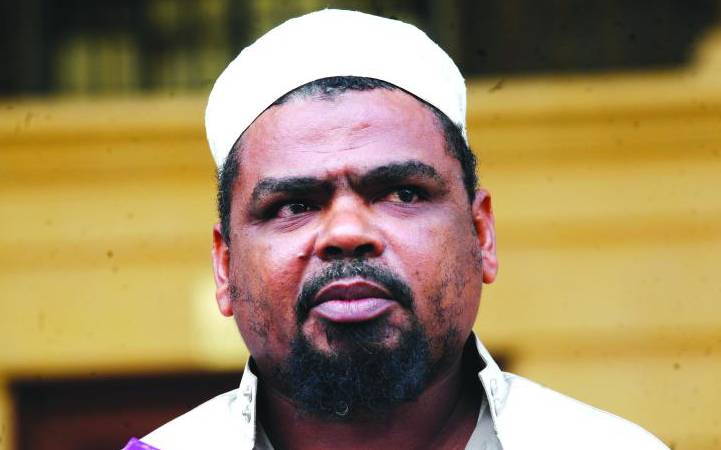×
The Standard e-Paper
Kenya's Bold Newspaper

Sheikh Aboud Rogo Mohammed at a Nairobi Law Courts where he attended the hearing in a case where he is accused of incitement to violence. [PHOTO:EVANS HABIL]
News of Aboud Rogo’s death cut through the Mombasa heat like a hot knife to butter.